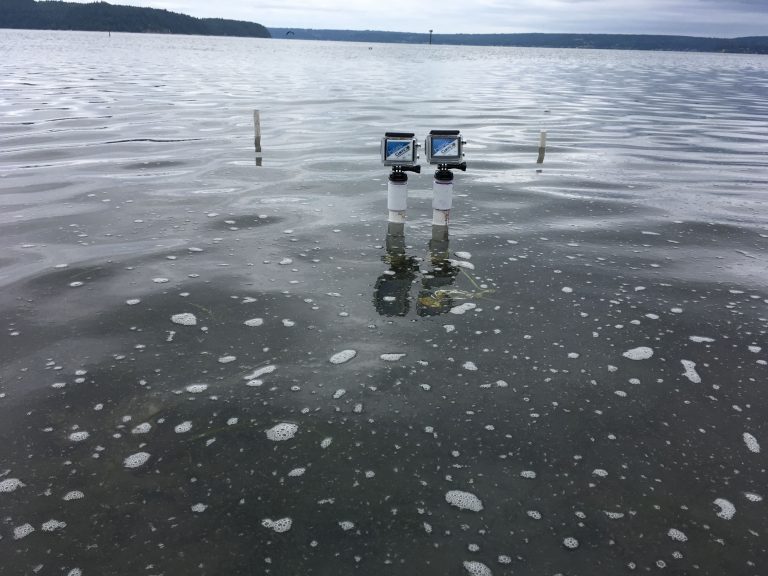ECOLOGICAL ROLE OF SHELLFISH AQUACULTURE
Growing Sustainable Shellfish: Understanding the Ecological Role of Shellfish Aquaculture Using Emerging Technology
In partnership with The Nature Conservancy and NOAA, Washington Sea Grant documented the ecological role of shellfish aquaculture relative to natural habitats, and engaged with industry and the public on growing shellfish sustainably.
